
IUCN STATUS
Least concern
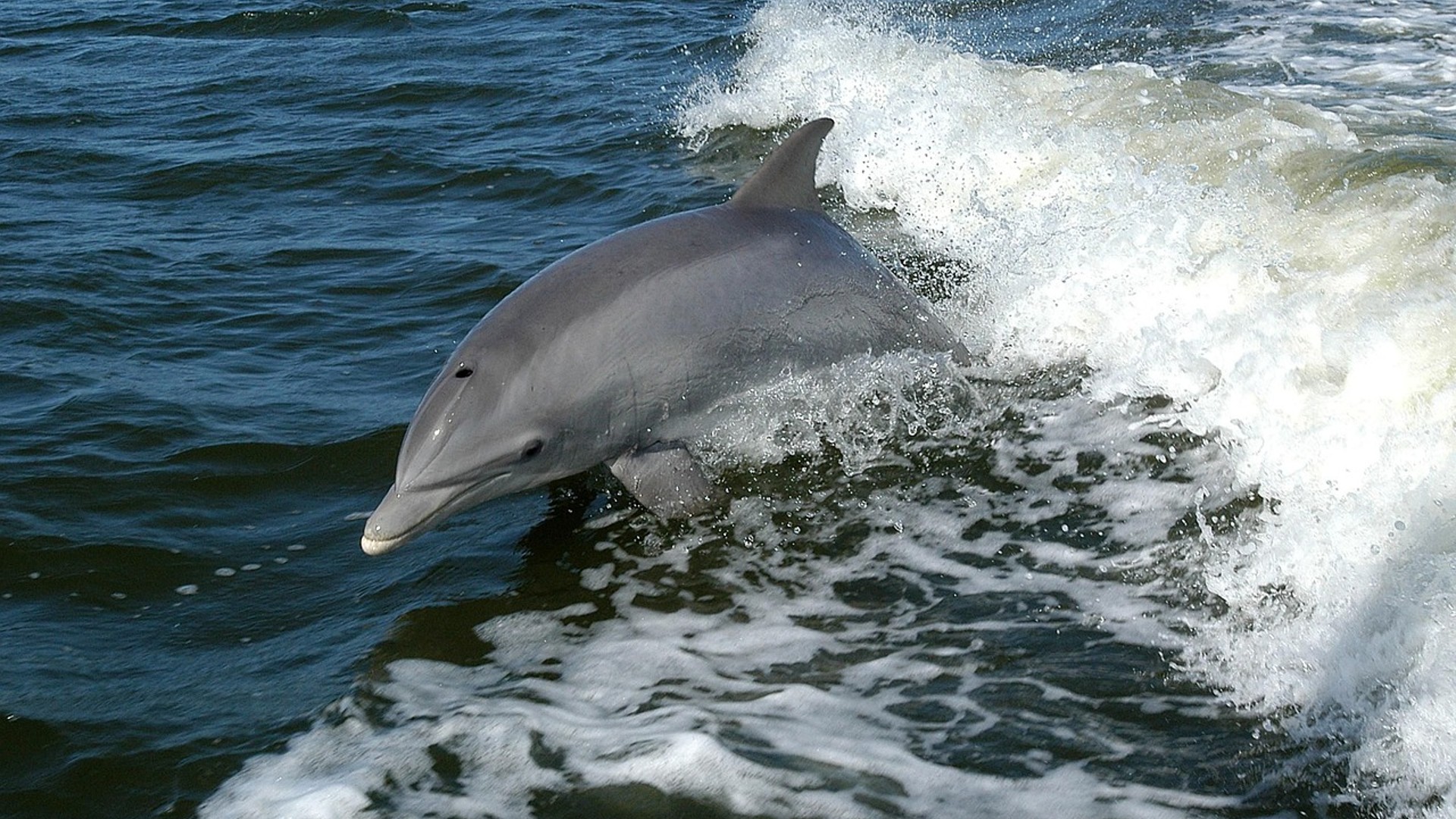
Tursiops truncatus
Cetaceans feed at varying depths, yet defecate generally near the surface, which concentrates a large volume of nutrients, benefitting the ocean ecosystem. Cetaceans are also great carbon sinks – as they eat and grow they sequester (hide away) large amounts of carbon in their bodies. When they die, they sink to the bottom of the ocean, locking the carbon away from re-entering the atmosphere. That means they have an important role to play in combatting climate change.

Least concern

~750,000*, last assessed in 2018
* According to the International Union for the Conservation of Nature (IUCN)

Piscivorous

Open Ocean and coastal shores in tropical, sub-tropical and temperate seas

Worldwide

Length – 4m, weight – 300kg

Bycatch, prey depletion, marine pollution, hunting, exploitation in captivity
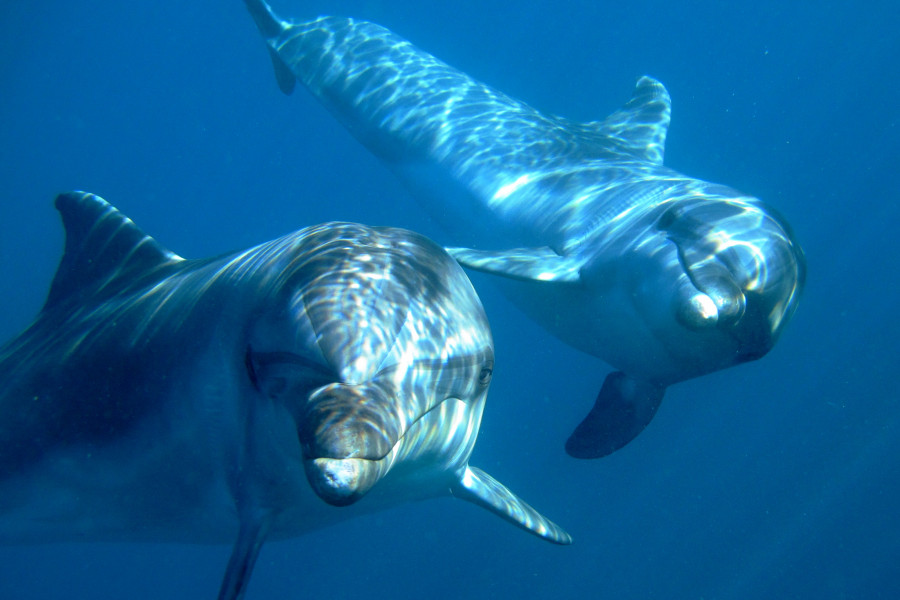
Bottlenose dolphins sometimes come together into ‘super pods’ containing hundreds of individuals!
Dolphins have sharp eyesight but use echolocation (reflected sound) to explore and search out prey when visibility is limited. They are extremely intelligent animals and communicate through pulsed sounds, whistles, clicks and body language.
Bottlenose dolphins are extremely widespread, living in all three major water basins (Atlantic, Pacific, Indian) as well as the Mediterranean. They occur in a range of habitats from temperate and tropical coasts to oceanic shelves, and the open water.
With streamlined bodies and powerful tails, bottlenose dolphins can swim up to 300 metres below the surface of the ocean – remaining submerged for up to 20 minutes – and are capable of bursts of speed of around 30mph.
Bottlenose dolphins usually live in pods of 10-30 members, although super-pods, larger than 1,000, have been recorded! Adult males live mostly alone, or in groups of two to three, and join pods for short periods of time.
Dolphin communication is highly complex. They use numerous vocal sounds, many of which are distinctive to individuals or pods. These can include whistles, squeaks, clicks, chirps and many other noises. Body language is also important – blowing bubbles, flipper or tail slaps, breaches and head butts.
After a gestation of 12 months, females give birth in shallow water – the calf suckles for around 18 months but will stay close to its mother for several years.
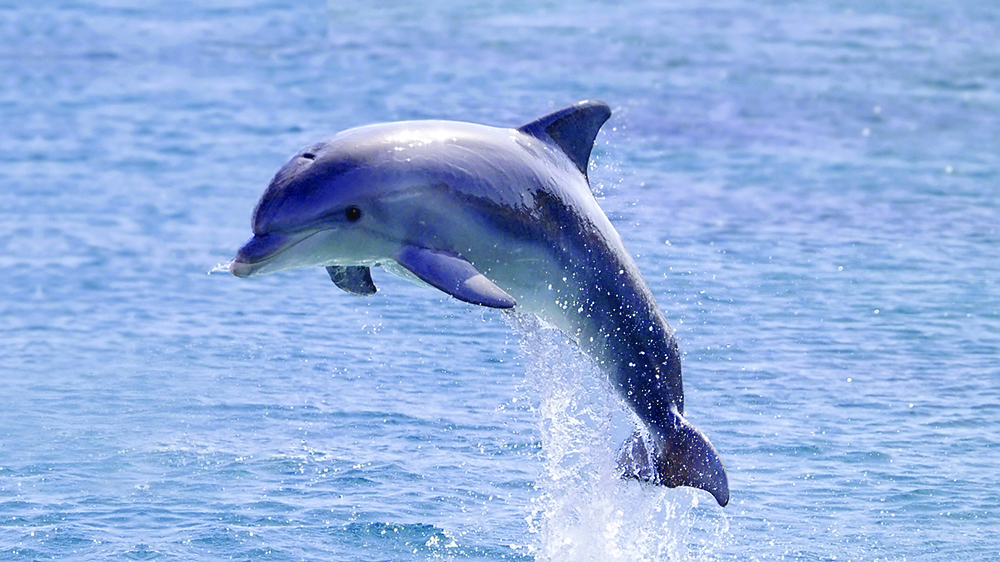
One of the most significant threats to dolphins is bycatch – accidentally getting caught in fishing nets and gear. Dolphins are mammals, so need air to breathe. Sadly, many that get tangled in fishing gear subsequently drown if they can’t reach the surface.
Fishing also impacts on dolphins – depleting fish stocks worldwide is a problem for all the wildlife that feeds on fish.
Bottlenose dolphin hunting is a real threat. An estimated 16,000 – 20,000 dolphins are brutally slaughtered in Japanese drive hunts during which fishermen surround a pod with nets which force them into a confined area. Some dolphins have their throats slit or are stabbed, whilst others are caught on hooks and winched out of the water to be slaughtered or sent to zoos and aquaria around the world.
Some die of shock, become tangled in nets and suffocate or may crash into boats, harbour walls or each other.
Cetaceans (whales, dolphins and porpoises) suffer physically and mentally from life in captivity. The physical, sensory and social environment in which these animals have evolved to live contrasts dramatically with the restricted and barren tanks found in dolphinaria, where cetaceans are held for viewing, performance and ‘swim-with’ activities to entertain visitors.
Bottlenose dolphin lifespan in captivity has been found to be significantly shorter than the lifespan of dolphins in the wild.
Dolphins are at the top of the food web. Pollutants absorbed by plankton accumulate further up the food chain to potentially lethal levels – a process called bioaccumulation. Plastic pollution can also cause mortality in dolphins when ingested.
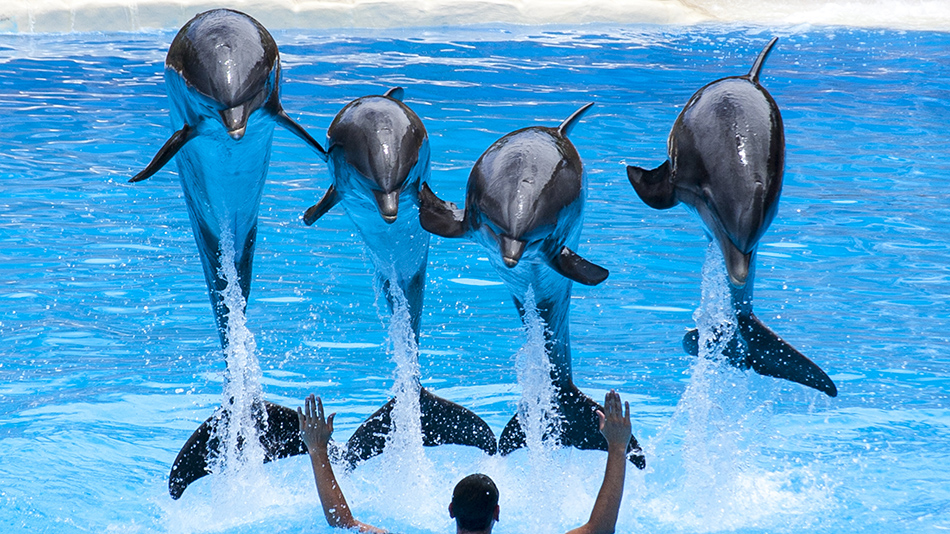
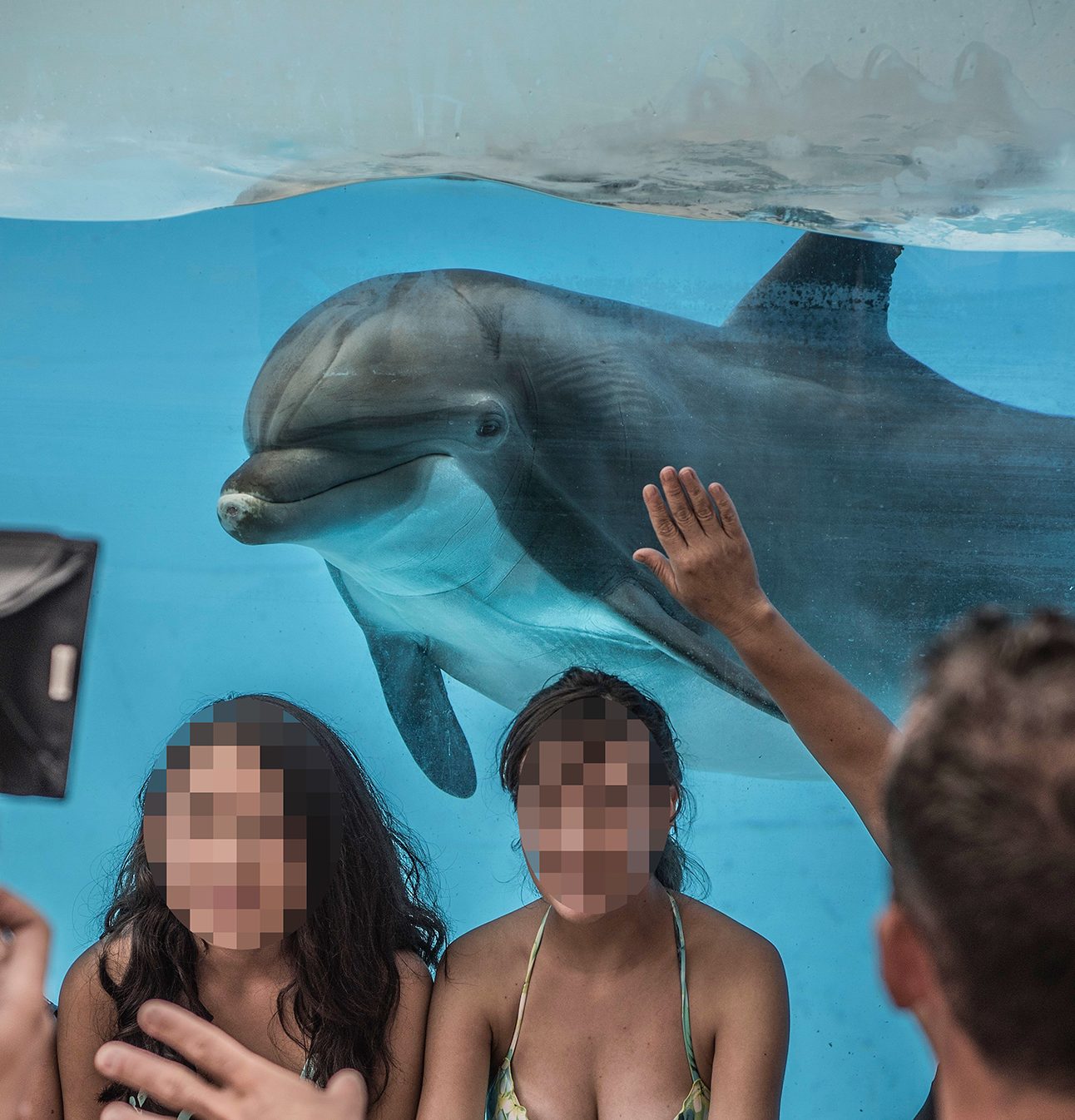
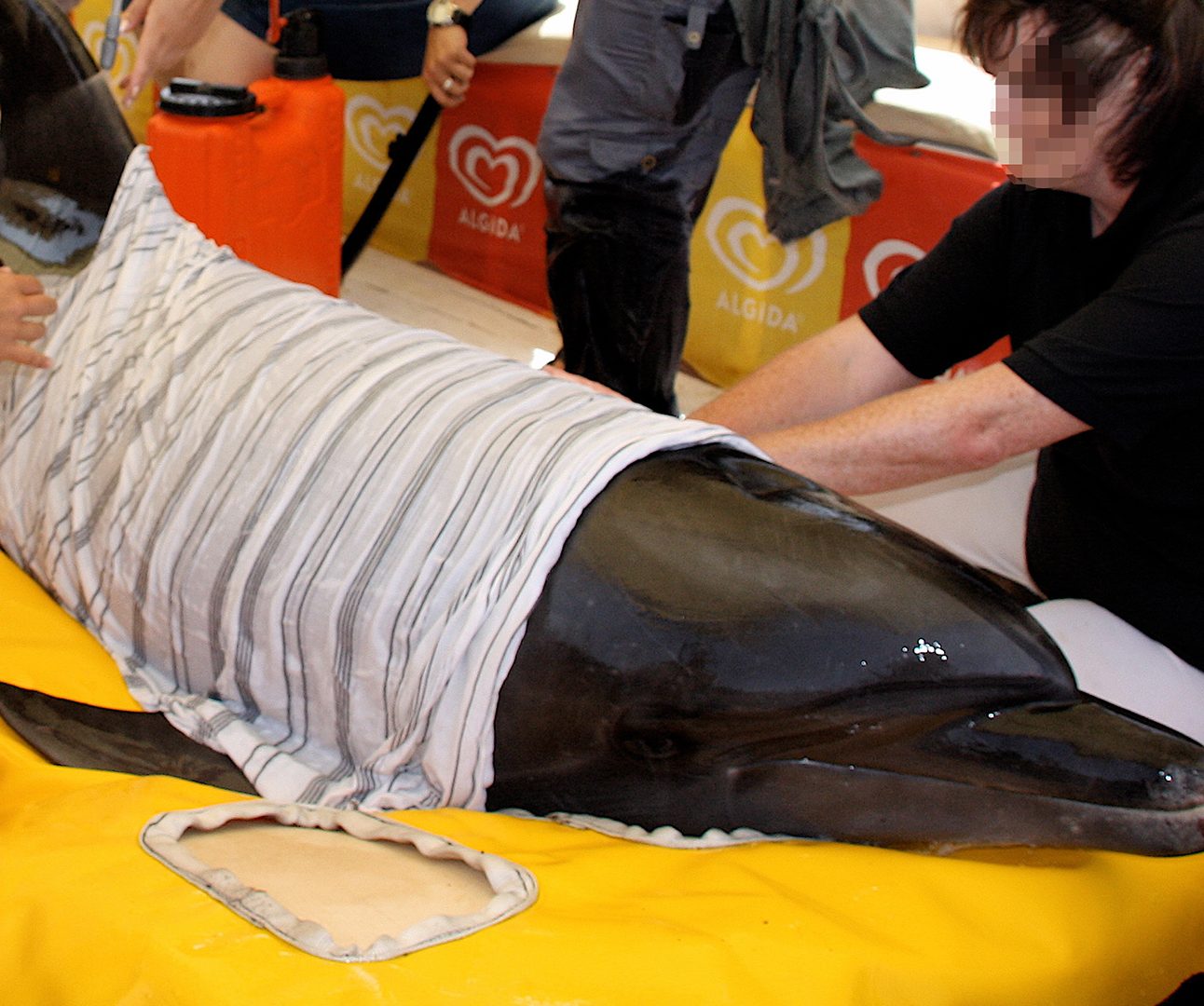
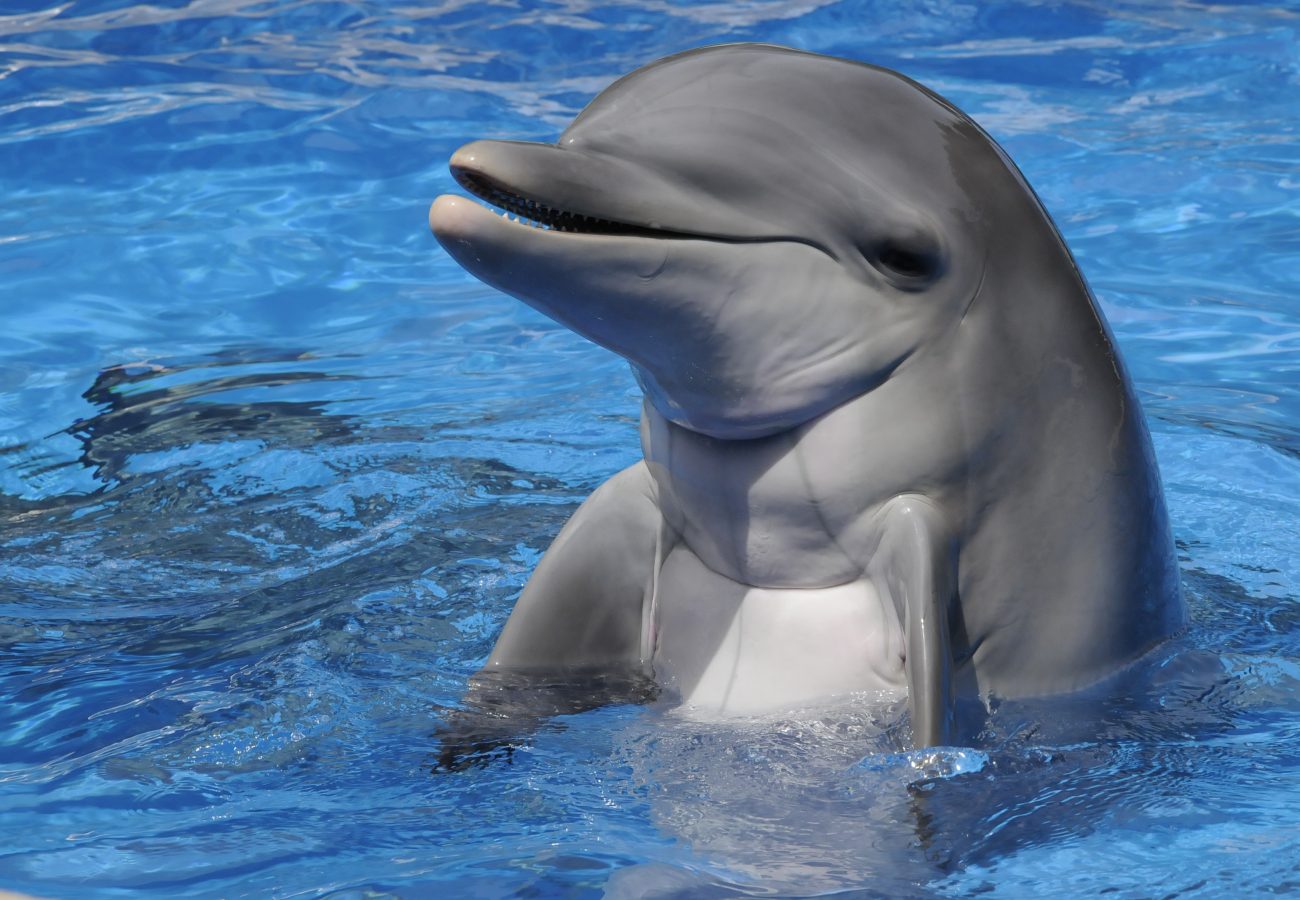
By becoming a Born Free supporter, you could support our work to end the exploitation of dolphins in captivity - we've already ended the keeping of dolphins in captivity in the UK, but we want global change too.